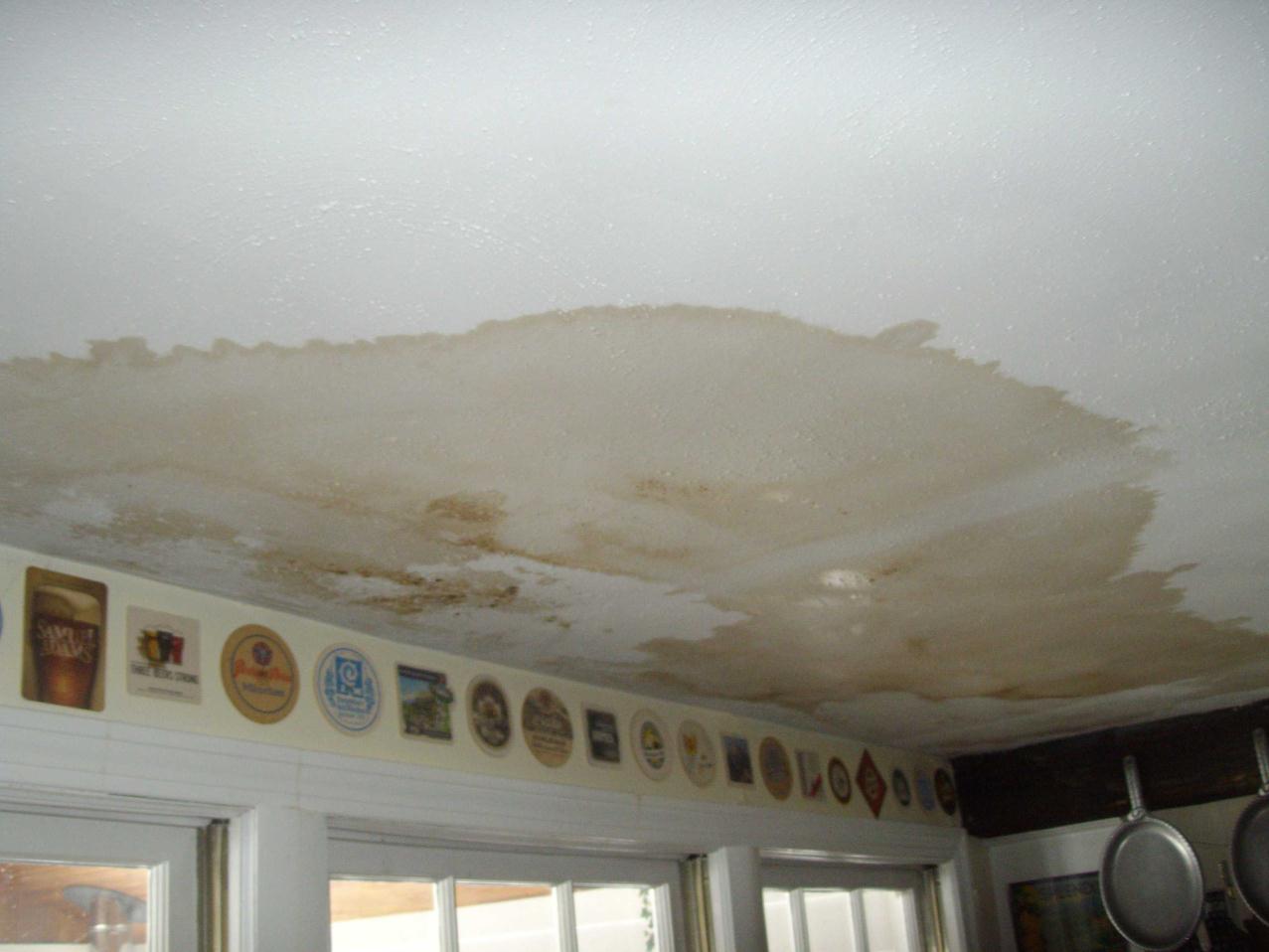On this page in the next paragraph you'll find a good deal of decent answers relating to Reducing Your Risk Of Water And Fire Damage At Home.

Water gives life, yet water breach on some components where it's not expected to be can result in damages and trouble. It can peel off away the surface and wear down the product's foundation if the water seeps into your framework. Mold and mildew as well as mold additionally prosper in a wet atmosphere, which can be harmful for your as well as your family members's wellness. In addition, residences with water damage odor musty as well as old.
Water can come from many resources like tropical storms, floods, burst pipes, leaks, and also drain problems. If you have water damage, it's much better to have a working expertise of safety and security precautions. Right here are a couple of guidelines on just how to manage water damages.
Do Prioritize House Insurance Coverage Insurance Coverage
Seasonal water damages can come from floodings, seasonal rainfalls, and wind. There is also an incident of a sudden flood, whether it originated from a defective pipe that instantly bursts right into your home. To protect your home, copyright insurance that covers both acts of God such as natural calamities, and also emergency situations like broken plumbing.
Do Not Fail To Remember to Shut Off Utilities
When calamity strikes as well as you're in a flood-prone location, switch off the primary electric circuit. Turning off the power stops
When water comes in as water offers as a conductor, electrical shocks. Do not forget to switch off the main water line shutoff as a method to prevent more damage.
If the floodwaters are getting high, keep your furniture stable as they can walk around and also trigger added damages.
Do Remain Proactive and Heed Climate Alerts
If you live in a location plagued by floods, stay prepared and proactive at all times. Listen to the news and emptying warnings if you live near a body of water like a creek, lake, or river .
Do Not Ignore the Roof
Your contractor should take care of the malfunctioning rain gutters or any other indications of damage or weakening. An inspection will certainly prevent water from streaming down your walls and also soaking your ceiling.
Do Take Note Of Small Leakages
There are red flags that can attract your interest as well as show to you some damaged pipes in your home. Indicators of red flags in your pipes consist of gurgling paint, peeling wallpaper, water touches, water spots, or dripping audios behind the wall surfaces. Repair and check your plumbing repaired prior to it results in substantial damage to your home, funds, and an individual headache.
Don't Panic in Case of a Ruptured Pipe
Timing is crucial when it comes to water damages. If a pipeline ruptureds in your residence, immediately shut off your primary water shutoff to cut off the source and avoid more damage. Call a trusted water damage restoration professional for aid.
Water offers life, however water intrusion on some parts where it's not expected to be can result in damage and also trouble. In addition, homes with water damages smell mildewy and also old.
Seasonal water damages can come from floods, seasonal rainfalls, and also wind. Indicators of red flags in your pipelines include bubbling paint, peeling off wallpaper, water touches, water spots, or dripping sounds behind the wall surfaces. If a pipeline bursts in your residence, quickly closed off your primary water valve to reduce off the source and protect against more damages.
Some Do's & Don't When Dealing with a Water Damage
DO:
Make sure the water source has been eliminated. Contact a plumber if needed. Turn off circuit breakers supplying electricity to wet areas and unplug any electronics that are on wet carpet or surfaces Remove small furniture items Remove as much excess water as possible by mopping or blotting; Use WHITE towels to blot wet carpeting Wipe water from wooden furniture after removing anything on it Remove and prop up wet upholstery cushions for even drying (check for any bleeding) Pin up curtains or furniture skirts if needed Place aluminum foil, saucers or wood blocks between furniture legs and wet carpet Turn on air conditioning for maximum drying in winter and open windows in the summer Open any drawers and cabinets affected for complete drying but do not force them open Remove any valuable art objects or paintings to a safe, dry place Open any suitcases or luggage that may have been affected to dry, preferably in sunlight Hang any fur or leather goods to dry at room temperature Punch small holes in sagging ceilings to relieve trapped water (don't forget to place pans beneath!); however, if the ceiling is sagging extremely low, stay out of the room and we'll take care of it DO NOT:
Leave wet fabrics in place; dry them as soon as possible Leave books, magazines or any other colored items on wet carpets or floor Use your household vacuum to remove water Use TV's or other electronics/appliances while standing on wet carpets or floors; especially not on wet concrete floors Turn on ceiling fixtures if the ceiling is wet Turn your heat up, unless instructed otherwise

Do you really like reading about Ways to Reduce The Risk Of Fire And Water Damage? Leave a remark down the page. We will be pleased to know your ideas about this blog posting. Hoping that you visit us again in the future. Are you aware of another individual who is very much interested in the subject? Please feel free to share it. I love reading our article about Ways to Reduce The Risk Of Fire And Water Damage.